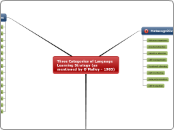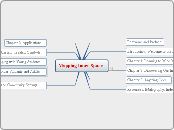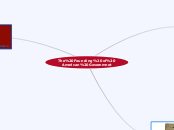作者:D'Kota Milburn 5 年以前
239
13 Categories of Disability
In the 2015-16 school year, approximately 27,000 students in the U.S. were diagnosed with visual impairments, which can range from partial sight to total blindness and significantly affect educational performance.









